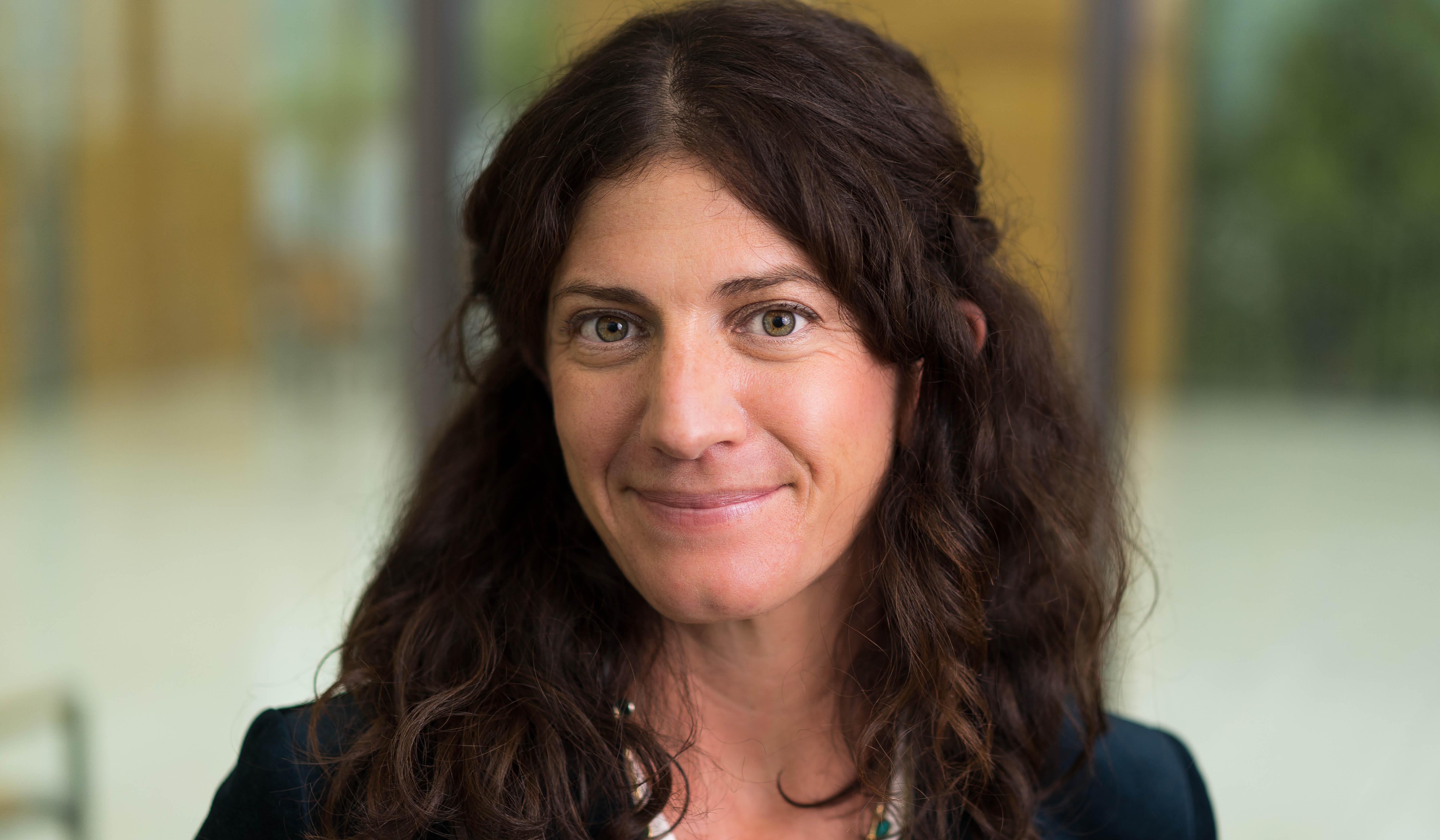Conversations and Coalitions for Improved Implementation
 Many researchers spend significant time and energy proving that the problem they’re
studying is actually a problem, and/or trying to determine if the method they’ve found to address the problem is a valid
way of addressing that issue. That’s not the case for Elizabeth Siantz, assistant
professor in the College of Social Work. According to her—and the body of research
she works within— many of the problems she’s studying already have promising solutions.
Many researchers spend significant time and energy proving that the problem they’re
studying is actually a problem, and/or trying to determine if the method they’ve found to address the problem is a valid
way of addressing that issue. That’s not the case for Elizabeth Siantz, assistant
professor in the College of Social Work. According to her—and the body of research
she works within— many of the problems she’s studying already have promising solutions.
Researchers already know that people with mental and behavioral health needs often have very serious co-occurring physical health issues (in fact, people with mental illness live 25 years less compared to the general population). Researchers already know these disparities are even more pronounced in racial and ethnic minority communities. And they already know of effective solutions. “There are things on the shelf that we know can address these health inequities,” said Dr. Siantz. “Many evidence-based practices already exist; organizations just need support to get them going.”
For these reasons, Dr. Siantz was drawn to the field of implementation science—the scientific study of methods that promote the uptake of research and evidence-based practices. The goals of her work are to help researchers and health service professionals translate scientific knowledge into routine use and to understand the challenges and successes in delivering new services. She is trained in and uses statistical methods (including social network analysis), but she finds qualitative and community-based methods can provide information about why interventions work and how organizations can be supported to deliver them.
In practice, here’s what that looks like. In a recent study, Dr. Siantz worked with a group of researchers, expert consultants, and leadership from a non-profit Medicaid managed care provider to evaluate an initiative that integrated behavioral health and primary care services across multiple federally qualified health centers and behavioral health organizations in Southern California. Their goal was to promote the health of people with multiple chronic care conditions and behavioral health needs by ensuring that all patients enrolled in the initiative had access to care management and care coordination. They took existing models for practice transformation and specifically implemented their model in settings that (a) served a high concentration of Spanish-speaking patients, and (b) were experiencing health professional shortages. “These communities have less access to care, and greater health inequities compared to the general population of people with behavioral health needs and chronic care conditions,” explained Dr. Siantz. She and her collaborators intentionally selected a program that was supported in the literature and used their project as a way to implement the model in a unique environment. They then conducted focus groups with enrolled patients, their clinical teams, and organizational leadership so they could understand patient and provider experiences, along with the organizational barriers and facilitators of program implementation.
Dr. Siantz is passionate about doing research this way. “We have the data, but we need to be talking to more people across stakeholder groups to understand what works and why. We are not having enough conversations with the people who are most affected.” Dr. Siantz continued, “These conversations need to be had in communities experiencing health inequities, with the support of local leaders. Health service researchers must be mindful of community dynamics. We can’t create a program in a vacuum and expect people to show up.” Her approach is rooted in one of the most basic tenets of social work: “You have to start with where people are—not where you want them to be.”
All of this comes (in part) from Dr. Siantz’s positionality as a macro practice social worker. Unlike many social work scholars, her trajectory was not therapy/clinical practice —> leadership —> doctorate —> professorship. Instead, she earned an MSW at Columbia, a program known for its policy concentration, and continued on in community-based research from there, earning her PhD from the University of Southern California Suzanne Dworack-Peck School of Social Work and completing her postdoc at UC San Diego. The lessons she learned in these programs about community engagement, community empowerment, and implementation science have stayed with her. “It’s important for the policy making process to be participatory,” she said. “What that translates to in my research career is to make the service planning process as participatory as possible. Community engagement means including consumer perspectives when designing interventions. It means working with providers to empower them to shape their own work environments and give their own feedback.”
This emphasis on macro practice comes out in other ways as well. “We use the skills and values of social work, but we macro practitioners use them in a different way. Like all social workers, we’re grounded in social justice. We approach our work keeping in mind the dignity and worth of the person. But instead of talking about things like interpersonal boundary setting, we focus on community relationship building. Macro is all about building community, and being together; seeing your neighbor in the street, building coalitions, and working toward social change.”
Dr. Siantz’s positionality as a macro practice social worker also informs the way she teaches. “If our students had wanted to focus their education only on clinical practice, they could have gone into another mental health profession. But they didn’t. They chose a field that pushes its students and working professionals to consider the broader implications of policy and practice with communities and organizations. In social work, we do it all.”
